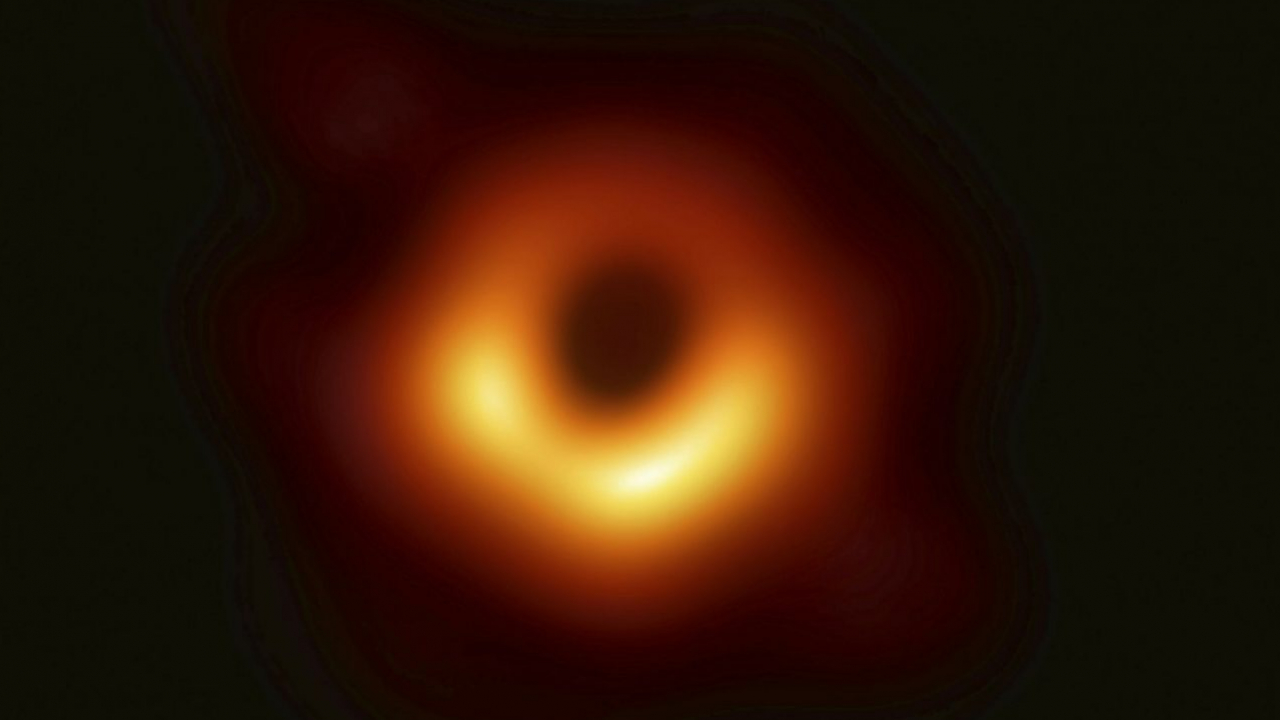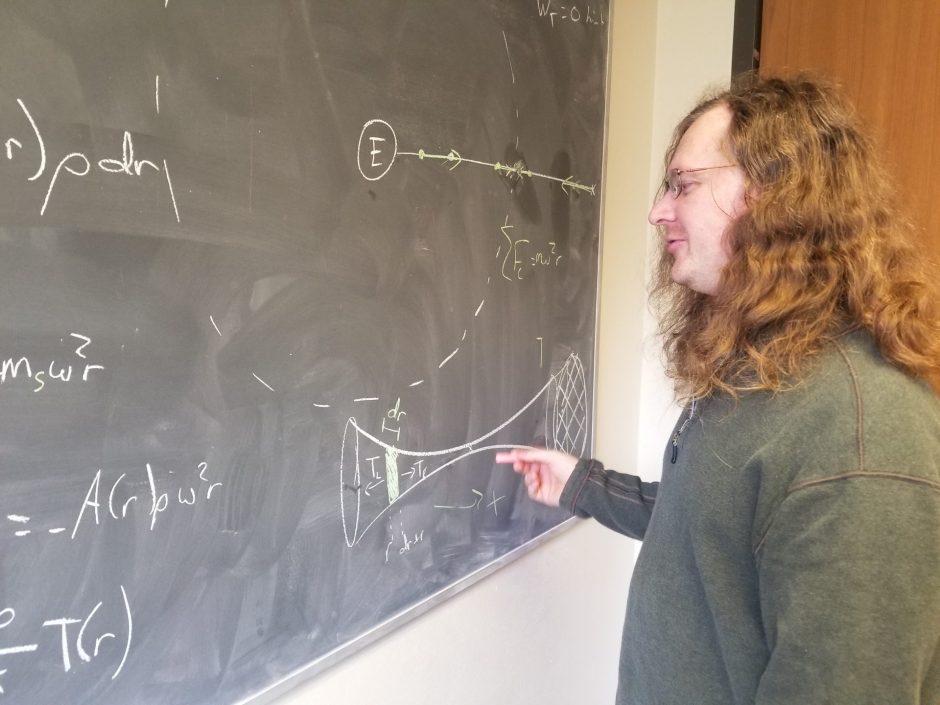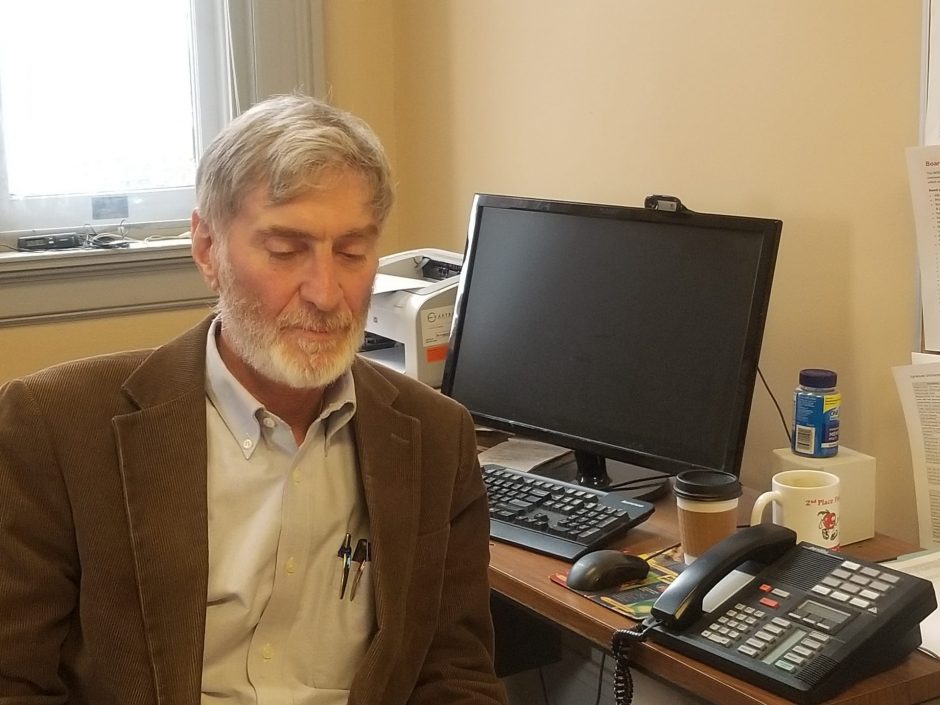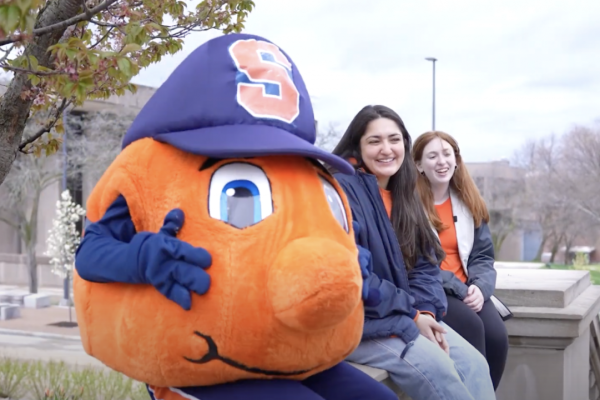
By Sam Oppenheim SYRACUSE, N.Y. (NCC News) — The first image of a black hole was released to the public yesterday. An algorithm developed by MIT computer scientist Katie Bouman used radio telescopes to put together the image. The algorithm translated the data from multiple telescopes to one physical image. Assistant Professor of Physics at Syracuse University Walter Freeman says this scientific advancement was years in the making.
“People figured out a way to use several different radio telescopes cooperating at different points on earth and put them together to act like one big receiver,” said Freeman. “We’ve known how to do that for a while, but there were some huge advances in how you use that technology and how you reconstruct the images from it that made this possible.”
Freeman, who also teaches astronomy at SU, said this application of radio waves can be used in other areas of space research.
“Now, we have ideas about how to do better things with radio astronomy,” said Freeman.

The excitement around the black hole image and the scientific progress to come is not new. Peter Plumley, the Chief Program Officer at the Museum of Science and Technology in Syracuse, emphasized what makes space different from most scientific fields.
“Everything space is inspirational,” said Plumley. “It’s fun to learn.”

For Freeman, space can also be a tool to increase his students’ interest in science. In class today, he devoted time to talking about the major scientific revelation. He said his students were very invested in the topic.
“I meant to spend 15 minutes in this class, we spent 40,” said Freeman. “The public engages with issues like black holes because they are really sexy.”
The appeal of space compared to more traditional areas of science is well known. Scientists are willing to admit that there is greater buzz about issues beyond Earth, and many believe it’s not a bad thing to capitalize on the popularity.
“Scientists find what we do deeply inspiring and deeply romantic,” said Freeman. “It does not cheapen what we do at all to share that inspiration.”
Plumley sees space as another learning opportunity for everyone. He sees a great public interest because of the enthusiasm and anticipation in the field.
“There’s no end to learning,” said Plumley. “This is just one of more exciting things you can learn; discovering space.”




